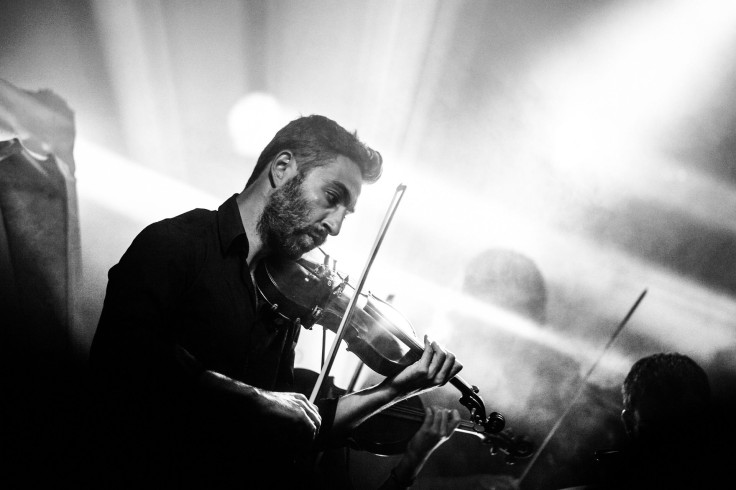Synchrony Makes For A Perfect Match: How Partners And Teammates With Matching Body Rhythms Work Better Together

Your ability to work in synchrony with another person may depend on whether their natural rhythm matches up with yours, according to researchers from McGill University who studied musicians’ tempo. Their findings, published in the Journal of Experimental Psychology: Human Perception and Performance, provide a science-backed approach to finding the right partner in music, sports, or educational settings.
Study co-author Anna Zamm, a PhD candidate at McGill, and her team studied individual pianists for up to one year in order to measure their personal coordination and speed, collectively called “endogenous rhythm.” Every person, musician or not, has their own internal tempo. Then, they paired each piano player with someone who matched their rhythm or not, and asked them to perform a duet. The experiments showed those who had mismatched endogenous rhythms had a harder time playing the same tempo compared to those with matched rhythms.
"We found that pairs of musicians with similar rates of solo music performance are better at synchronizing the timing of tone onsets during piano duets than partners with different solo performance rates," said the study’s co-author Caroline Palmer, a psychology professor at McGill University, in a press release.
The researchers chose musicians for the experiment because they rely on a highly sophisticated interpersonal synchrony in order to successfully complete a musical performance. When playing alone, they must coordinate limb movements, finger placement, and timing, all while reading and processing sheet music or recalling notes from memory. Playing with others requires additional adjustments to their rhythm so that it lines up with the group’s. This adds to the difficulty, and explains why pairs who have matching rhythms make the performance easier and better.
"We think this could extend to interpersonal synchrony in other fields, such as recreational activities like jogging, where health benefits may be greatest when partners are matched for rates; or in education, when teachers and students are matched in conversational speech rates; and especially in sports, such as tennis doubles, pairs skating or team rowing,” Palmer said. "Success on group tasks is linked to how well pair members match up — a bit like rowers in a boat. The boat will move straight ahead if both people are matched in the force with which they row. It does not matter whether each individual is strong or weak — it's the match in force that matters."
Source: Zamm A, Wellman C, and Palmer C. Endogenous Rhythms Influence Interpersonal Synchrony. Journal of Experimental Psychology: Human Perception and Performance. 2016.



























